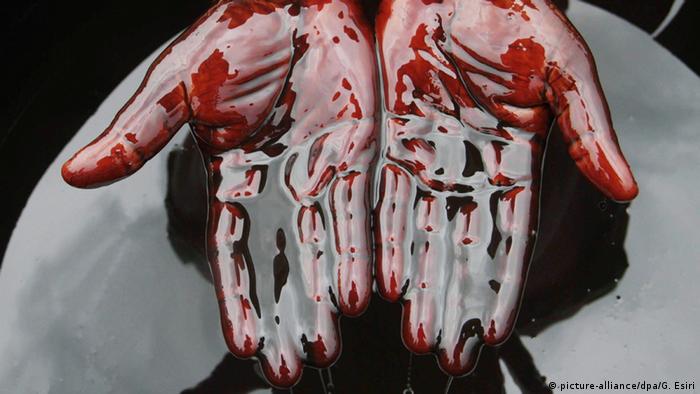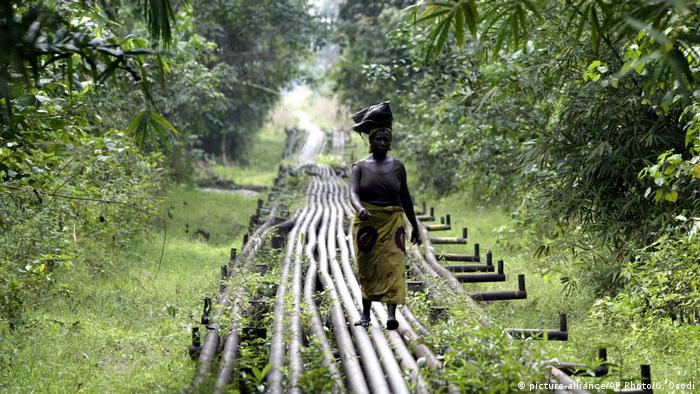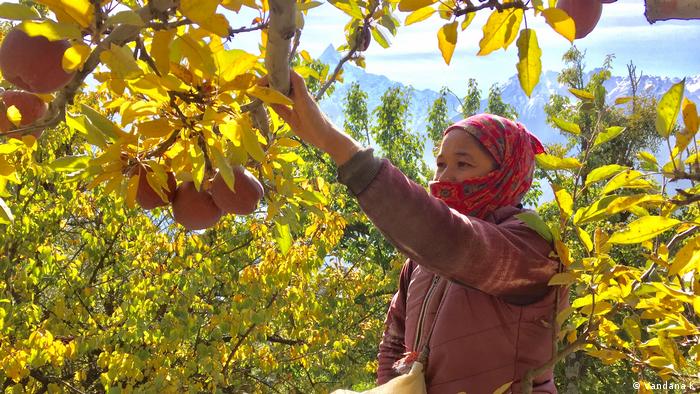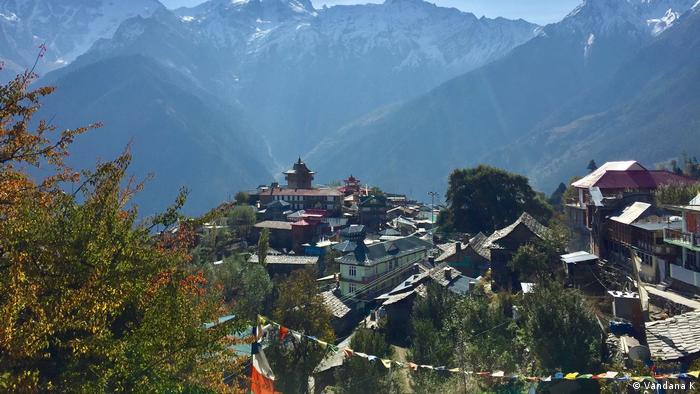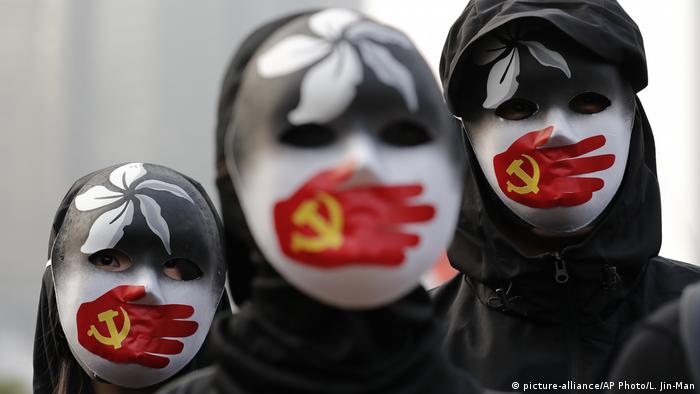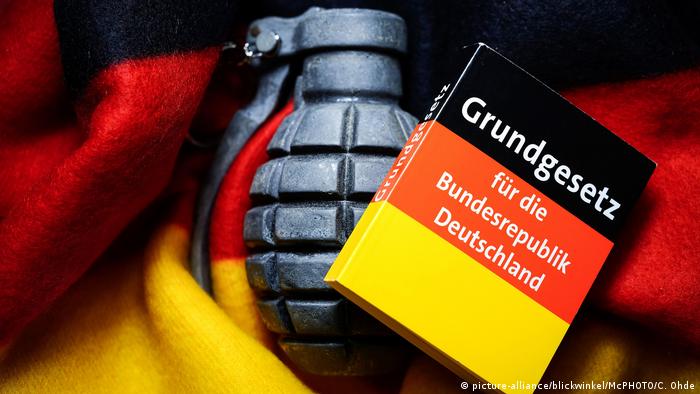Rosalind P. Walter, the First 'Rosie the Riveter,' Is Dead at 95
Joseph Berger, The New York Times•March 5, 2020

NEW YORK, NY - JUNE 09: Rosalind P. Walter attends the 2015 WNET Annual Gala at Cipriani 42nd Street on June 9, 2015 in New York City. (Photo by Dave Kotinsky/Getty Images)More
Rosalind P. Walter grew up in a wealthy and genteel Long Island, New York home. Yet when the United States entered World War II, she chose to join millions of other women in the homefront crusade to arm the troops with munitions, warships and aircraft.
She worked the night shift driving rivets into the metal bodies of Corsair fighter planes at a plant in Connecticut — a job that had almost always been reserved for men. A newspaper column about her inspired a morale-boosting 1942 song that turned her into the legendary Rosie the Riveter, the archetype of the hardworking women in overalls and bandanna-wrapped hair who kept the military factories humming.
Written by Redd Evans and John Jacob Loeb and popularized by the Four Vagabonds, the bandleader Kay Kyser and others, “Rosie the Riveter” captured a historical moment that helped sow the seeds of the women’s movement of the last half of the 20th century. It began:
All the day long whether rain or shine
she’s a part of the assembly line
She’s making history,
working for victory —
Rosie, brrrrr, the Riveter
Keeps a sharp lookout for sabotage
Sitting up there on the fuselage
That little frail can do, more than a male can do —
Rosie, brrrrr, the Riveter.
Other women went on to become models for Rosie posters and magazine covers as well.

But Rosie was just Walter’s first celebrated act. At her death on Wednesday at 95, she remained something of a public presence as a major philanthropist and one of PBS’ principal benefactors, her name intoned with others on programming like “Great Performances,” “American Masters,” “PBS NewsHour,” “Nature” and documentaries by Ken and Ric Burns.
She was the largest individual supporter of WNET in New York, helping to finance 67 shows or series starting in 1978.
Her friend Richard Somerset-Ward said she died at her home in Manhattan.
Walter had been drawn to public television in part to compensate for lost opportunities during the war, said Allison Fox, WNET’s senior director for major gifts. In serving her country, Walter had sacrificed a chance to attend either Smith or Vassar College, Fox said, and found that public television documentaries and other programs helped fill in the gaps in her education.
“She cared deeply about the public being informed and felt that public television and media is the best way to accomplish this,” Fox said.
Walter had two sources of wealth. Her father, Carleton Humphreys Palmer, was president and then chairman of E.R. Squibb and Sons, the Brooklyn-based drug company that helped mass produce the early doses of penicillin distributed to the troops during World War II. (It is now a subsidiary of Bristol Myers Squibb.)
Her second husband, Henry Glendon Walter Jr., was president and later chairman and chief executive of International Flavors and Fragrances, which provides the scents and tastes for 38,000 products, from perfumes to snacks to laundry detergents; for many years it was the world’s largest company of its kind.
Henry and Rosalind Walter gave generously to the American Museum of Natural History, the Pierpont Morgan Library, Long Island University, the college scholarship program of the U.S. Tennis Association and the North Shore Wildlife Sanctuary on Long Island.
Some gifts came through what is known today as the Rosalind P. Walter Foundation. The Walters served as trustees or directors of many of the organizations they gave to.
Rosalind Palmer Walter — friends called her Roz, not Rosie — was born on June 24, 1924, in Brooklyn, one of four children of Carleton and Winthrop (Bushnell) Palmer. Her mother was a professor of literature at Long Island University.
The family settled in Centre Island, a village in the town of Oyster Bay on Long Island’s North Shore. Its 400 or so well-heeled residents have since included singer Billy Joel, lyricist Alan Jay Lerner and media mogul Rupert Murdoch.
Her parents sent Rosalind to the Ethel Walker School in Simsbury, Connecticut, one of the first college preparatory boarding schools for upper-class women.
By the time she graduated, Europe was at war, and after the attack on Pearl Harbor in 1941 spurred the United States to declare war on Japan, Germany and Italy, she was recruited, at 19, as an assembly line worker at the Vought Aircraft Co. in Stratford, Connecticut.
Her story caught the attention of the syndicated newspaper columnist Igor Cassini, who wrote about her in his “Cholly Knickerbocker” column. And that, in turn, inspired the songwriters.

A year after the war’s end, Walter, by then working as a nurse’s aide at Bellevue Hospital in Manhattan, married Henry S. Thompson, a lieutenant with the Naval Reserve and a graduate of Stanford University, at the Fifth Avenue Presbyterian Church. They had a son, also named Henry, before the couple divorced in the 1950s.
Her second husband, whom she married in 1956, had a son from a previous marriage, Henry G. Walter III, who died in 2012. Walter is survived by her son, Henry S. Thompson; two grandchildren; four step-grandchildren; and several step-great-grandchildren.
Walter was not the only Rosie the Riveter. There were at least four other women who became models for the character as the War Production Board sought to recruit more women for the military factories.
Norman Rockwell drew his version of Rosie for the cover of the May 29, 1943, issue of The Saturday Evening Post — a grimy-faced, muscular woman in denim overalls, work goggles perched on her forehead and a copy of Hitler’s Mein Kampf trampled underfoot. His model was a Vermont woman, Mary Doyle Keefe, who died in 2015.

And J. Howard Miller drew a Rosie poster for Westinghouse war factories. He portrayed her in a red and white polka dot bandanna as she flexed a bicep under the words “We Can Do It!” The image became a feminist symbol starting in the 1980s, reprinted on T-shirts and coffee mugs. The model for that Rosie was most likely Naomi Parker Fraley, a California waitress who died in 2018.

So Rosalind Walter cannot alone claim the crown of being the real Rosie the Riveter. But she was there first.

This article originally appeared in The New York Times.





